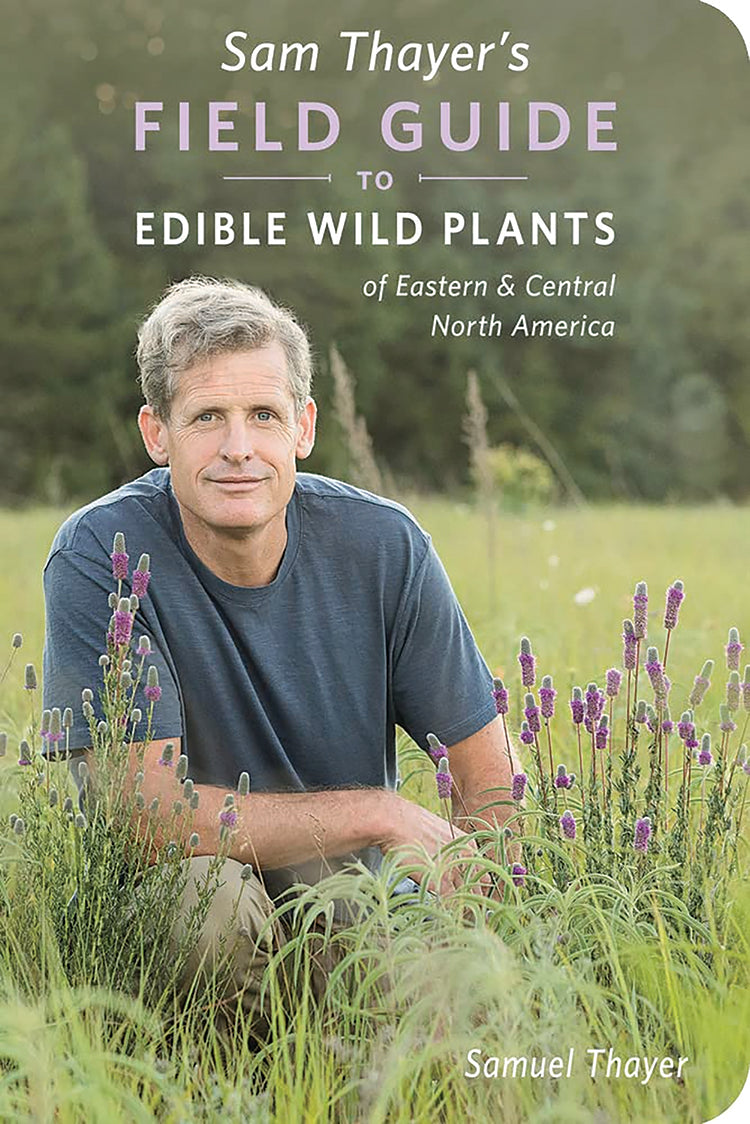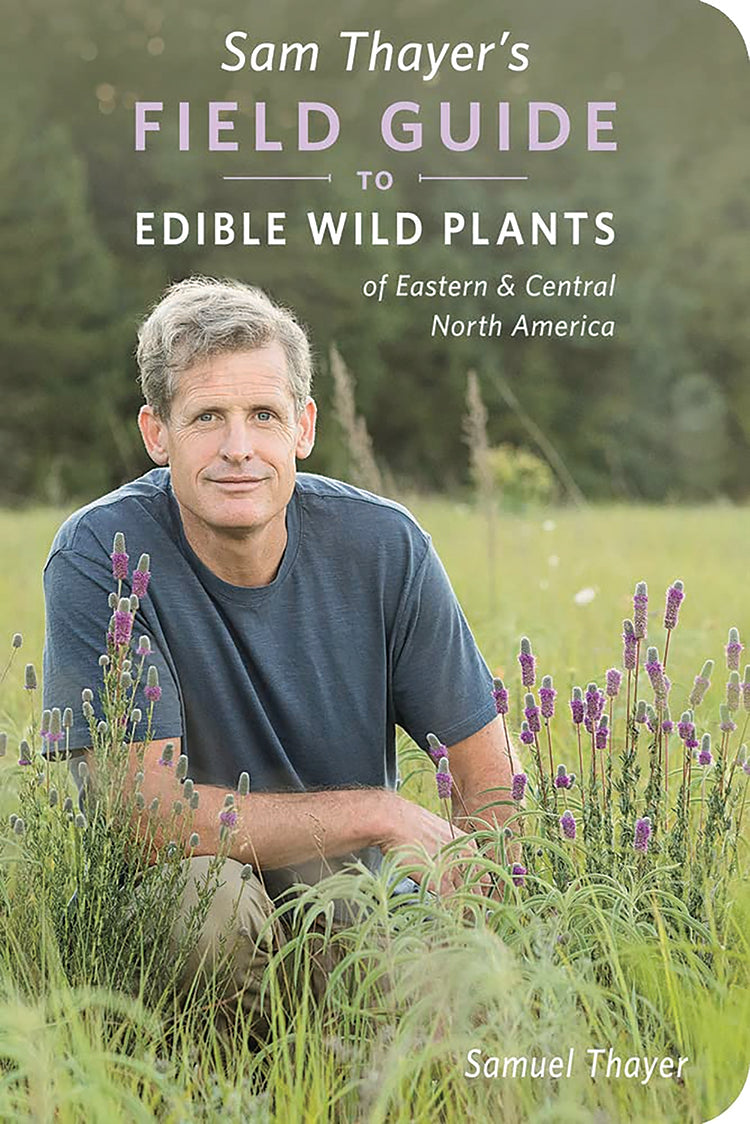Sam Thayer's Field Guide to Edible Wild Plants
Author: Samuel Thayer
Paperback
734 pages
12073Members save: $3.00 (9.1%)
List Price:
Couldn't load pickup availability
Eastern North America is one of the richest foraging landscapes in the world, with a wild abundance of fruits, berries, nuts, roots, tubers, shoots, flowers, seeds, and leafy greens. This guide is the key to unlocking the nutritional and culinary secrets of the natural bounty around us. As the most comprehensive regional guide ever written, it contains detailed descriptions, range maps, and sharp color photos of 700 edible species as well as some of our most troublesome toxic plants.
Sam Thayer's Field Guide to Edible Wild Plants pioneers a novel identification system using everyday language accessible to beginning and advanced foragers alike, designed to stand alone or work with phone-based identification apps to confirm positive ID before a plant is eaten. Readers will also learn about the plant’s habitat, conservation, edible parts, harvest seasons, and preparation methods. Destined to become the new standard in foraging field guides.

